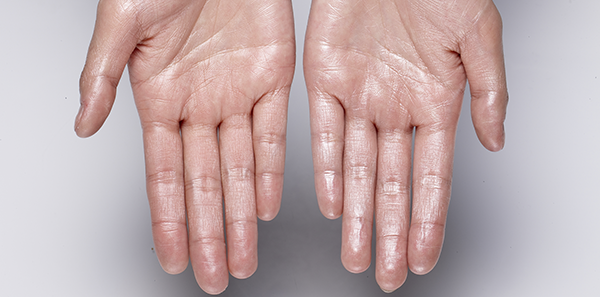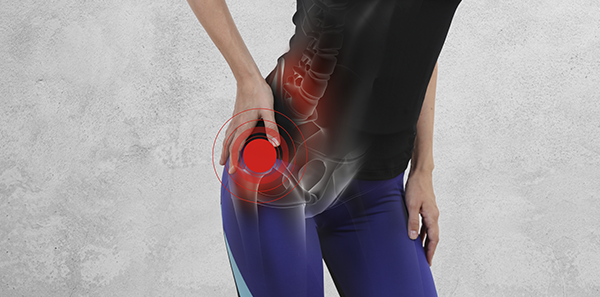
Dyspepsia, also popularly known as indigestion or upset stomach, is a set of digestive symptoms that mainly affect the organs of the upper digestive tract. The most frequent include localised pain or discomfort in the upper and mid abdomen, a feeling of excessive fullness after a meal, feeling full too early during eating, abdominal bloating, nausea and vomiting. The symptoms are typically linked to eating and may be continuous or intermittent.
If no organic cause is found to justify dyspepsia, it’s referred to as functional or essential dyspepsia. If on the contrary some sort of pathology is found from test results, it’s referred to as organic dyspepsia. The most frequent kind of dyspepsia by far is essential or functional, as it’s estimated that between 20-30% of the population has reported dyspeptic symptoms in the last 6 months.
The test par excellence for dyspepsia is gastroscopy, although an abdominal ultrasound also provides a great deal of information.
Most patients don’t go to the doctor and self-medicate, although this is a serious mistake, as it should be the doctor who carries out an examination and then decides whether treatment is appropriate or not. The doctor may decide to begin a series of examinations and diagnostic tests to find out which type of dyspepsia the patient is presenting and whether there is cause for concern.
The most effective treatments include proton pump inhibitor drugs, known as PPIs (omeprazol and similar) and prokinetics.











